Phillips screwdriver are an indispensable tool in both professional and DIY toolkits. Recognized by their cross-shaped tips designed to interface with a Phillips head screw, they’ve become a household staple, useful for a range of tasks, from assembling furniture to advanced construction projects. This guide will delve into the uses, selection tips, and complementary tools that make a Phillips screwdriver a sound investment. We’ll also provide insight into how to complete your tool arsenal with other essential tools and safety gear, ensuring you are well-prepared for any task.
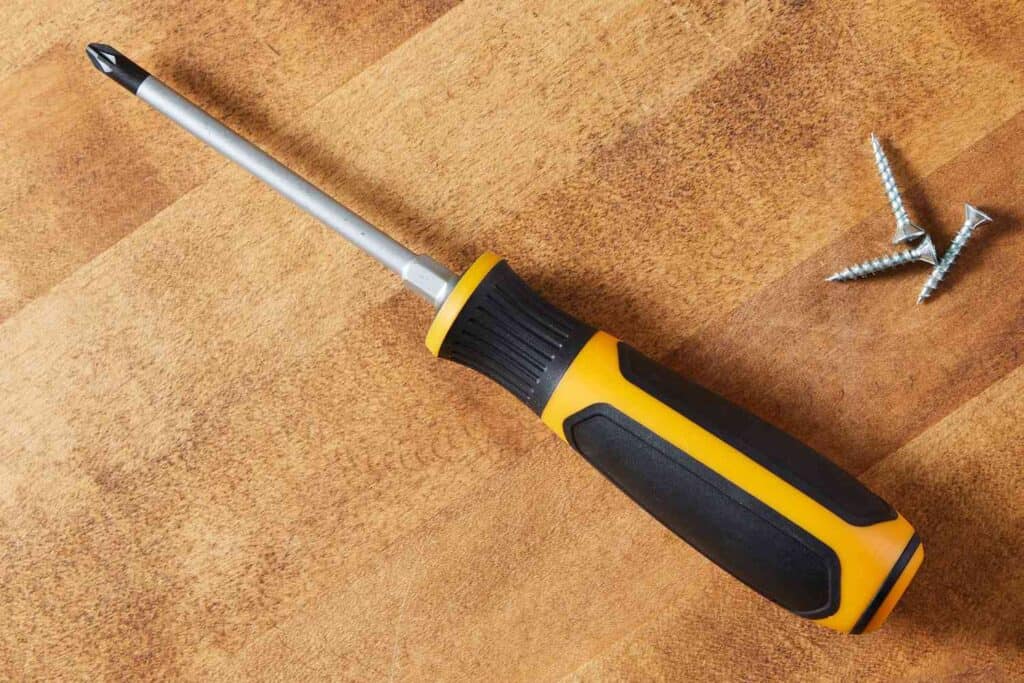
Essential Guide to Phillips Screwdrivers
| Aspect | Details |
|---|---|
| Tool Significance | Phillips screwdrivers are essential for a variety of tasks in both professional and DIY settings. |
| Design Features | They have a cross-shaped tip allowing tight fit and alignment with Phillips screws, and they prevent damage with a cam-out feature at high torque. |
| Selection Tips | Choose based on tip size, shaft length, and handle grip for comfort and efficiency. |
| Tool Pairings | Enhance utility with other tools like voltage testers and multi-tools. |
| Common Uses | Useful for assembling furniture, electrical tasks, computer repairs, and automotive work. |
| Advanced Techniques | Avoid stripping by using the correct size driver and applying consistent pressure. For hard materials, pre-drill holes and use penetrating oil for stuck screws. |
| Safety Measures | Regular cleaning and proper storage extend the tool’s life; electrical gloves are essential for electrical tasks. |
| Work Conditions Impact | Good work boots and the right electrician backpack improve safety and productivity. |
| Power Tool Complements | Consider impact drivers for high torque tasks, and reciprocating saws for heavy-duty cutting. |
| Specialty Power Tools | Mini chainsaws and nail guns can speed up and simplify intricate cutting tasks and construction projects. |
| Expanding the Tool Collection | Assess the need for new tools, research power tools that improve efficiency, and build a versatile toolkit over time. |
| Further Learning | Explore additional tools like leaf blowers for yard maintenance and stud finders for wall projects. |
Understanding the Phillips Screwdriver
A Phillips screwdriver is distinguished by its unique point, which is shaped like a cross or a “+” sign. This design allows it to grip a Phillips head screw, which is one of the most common types of screws utilized in a variety of products and applications. The history of the Phillips head is interesting in itself; it was developed by John P. Thompson before being improved upon and popularized by Henry F. Phillips in the 1930s. The Phillips screw and screwdriver design offer a design advantage: when a certain level of torque is exceeded, the screwdriver cam-outs, or slips out, helping to prevent over-tightening that can damage the screw or the material being worked on.
Key features of the Phillips screwdriver:
- Cross-shaped tip
- Tight fit and alignment with Phillips screws
- Reduced slip-out (cam-out) at high torque levels
Choosing the Right Phillips Screwdriver
- DURABLE SHAFTS - made of heat-treated CR-V steel for enhanced durability, rust resistant and anti-corrosion.
- MAGNETIC TIPS - attracts screws easily and tightly. Blackening treatment effectively prevents rust and reduce cam-out.
- ERGONOMIC HANDLE - non-slip and soft handle provides you a comfortable hold as well as maximum control at work. Handle slot accepts other screwdrivers for added leverage.
- WIDE USAGE - designed for a wide variety of projects and repairs in domestic appliances, furniture, automotive, factory.
- NICE PACKAGING - simply packed in a compact paper box, environmentally friendly
- STRENGTH AND DURABILITY: Made of heat-treated alloy steel
- COMFORT OPTIMIZED HANDLE: For high and low torque application
- Satin-nickel finish
- Top quality magnetic screwdriver set, 10 professional grade screwdrivers that are designed to serve a multitude of uses.
- Premium materials, the screwdriver bar is made of chromium vanadium steel for durable. Black finish blade with magnetic tips which could conveniently attracts screws
- Cushion grip handle for comfort and control,With ergonomic TPR handle, it helps you to use very easily
- Including 2 kinds of portable key screwdriver(flathead screwdriver and phillips screwdriver)
- Convenient storage, Each set of screwdrivers is equipped with a transparent storage bucket to prevent loss.
- Multi-bit screwdriver / nut driver shaft holds 8 popular tips and converts to 3 nut driver sizes
- Includes industrial strength heat treated bits: 3/8-Inch, 5/16-Inch and 1/4-Inch nut drivers, #1 and #2 Phillips, 1/4-Inch and 3/16-Inch slotted, T10 and T15 TORX, and #1 and #2 square recess
- Interchangeable blade for fast and easy switch out; comfortable Cushion-Grip handle
- Blast finish bit tips provide a firm hold and reduce cam-out
- The following replacement bits are available: see Cat. No. 32482 (#1 Phillips and 3/16-Inch Slotted), Cat. No. 32483 (#2 Phillips and 1/4-Inch Slotted), Cat. No. 32484 (#1 Square and #2 Square), and Cat. No. 32485 (T10 TORX and T15 TORX)
- IMPROVED DURABILITY and FIT: Black Oxide Tip provides improved durability and grip without compromising tip fitment
- QUICK ROTATION CONTROL: Speed and Precision Tactile Zones provide quick rotation control for efficient run down and precision tasks
- ADDED GRIP TEXTURE: Torque Zone provides added grip texture and geometry for heavy torque applications
- Common Applications: Carpentry, Electrical, Mechanical, Plumbing, DIY and MRO
The selection of the right Phillips screwdriver for your toolkit is not just about grabbing the first one you see on the store shelf. Tips for selecting the perfect Phillips screwdriver include looking at the size of the screwdriver tip relative to the screws you commonly work with and considering the length of the shaft for those hard-to-reach places.
When shopping for a durable Phillips screwdriver, pay attention to:
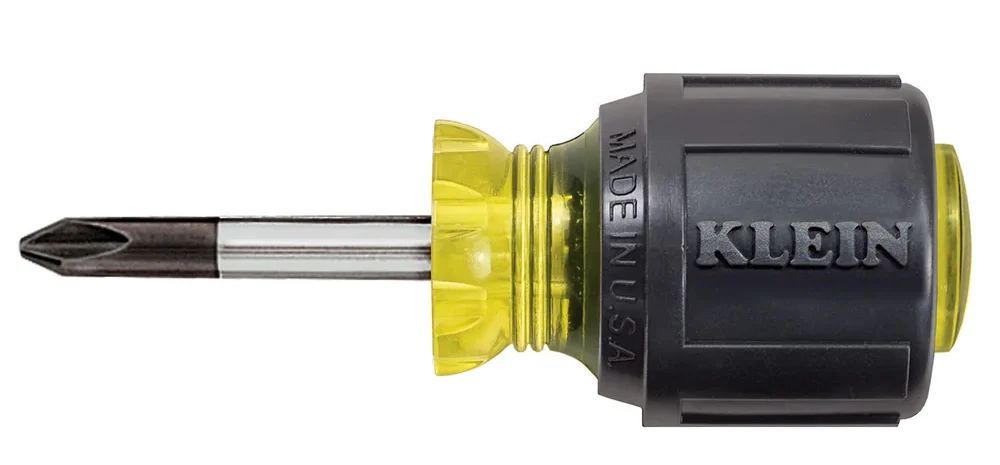
- Tip Size: Match it to the common screw sizes in your projects.
- Shaft Length: Select for ease of access in your work environment.
- Handle Grip: Choose a comfortable, non-slip grip for efficiency and safety.
Pairing with Other Essential Tools
While a Phillips screwdriver is a critical tool, pairing it with other essential tools can enhance its utility. For example, a voltage tester is a must-have when working with electrical components to ensure safety from electric shocks. A multi-tool, with its assortment of small tools in one compact unit, can be a handy companion, providing you with immediate access to various tools like knives, pliers, and sometimes even a small version of a Phillips screwdriver.
Utilizing Phillips Screwdrivers in Your Projects
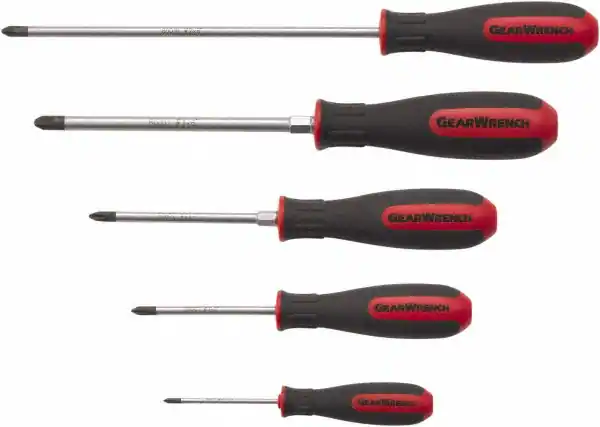
Phillips screwdrivers are versatile tools commonly used for:
- Assembling and disassembling furniture
- Electrical tasks that involve removing panel covers or light switch plates
- Computer repairs and electronic device maintenance
- Automotive work such as changing headlight bulbs or interior components
To use a Phillips screwdriver effectively, follow these steps:
- Identify the correct tip size for the screw.
- Ensure the screwdriver fits snugly to prevent stripping.
- Apply pressure downward to maintain grip while turning.
- Use appropriate force to avoid damaging the screw or work surface.
Advanced Techniques and Tips
To get the most out of your Phillips screwdriver and avoid common issues like stripping screws, it’s important to:
- Use the correct size driver for the screw.
- Start slowly to ensure proper grip and alignment.
- Apply consistent, controlled pressure.
- Avoid angling the screwdriver, which can cause slippage.
When dealing with challenging materials, patience and the correct technique are key. For harder materials, pre-drill a pilot hole to ease the screw insertion. When unscrewing, use a penetrating oil if the screw is stuck due to rust or corrosion.
Safety and Maintenance
Every tool requires proper care, and a Phillips screwdriver is no exception. Regular cleaning, keeping the tool dry, and storing it properly will ensure a long lifespan. When using screwdrivers, it is imperative to wear the right safety gear, such as electrical gloves, especially when dealing with electricity, to prevent electric shocks.
For durability and safety, follow these guidelines:
- Clean your screwdriver after each use to prevent rust or debris buildup.
- Use electrical insulating gloves when working around live circuits.
- Store screwdrivers in a dry place, ideally hanging or in a secure holder.
Enhancing Working Conditions
Working conditions can dramatically affect productivity and safety. Quality work boots provide not only protection but also support for standing for long periods, which is typical in construction or repair jobs. Additionally, choosing the right electrician backpack or tool bag with pockets designed for hand tools will streamline your workflow, keeping your Phillips screwdrivers and other essentials organized and within reach.
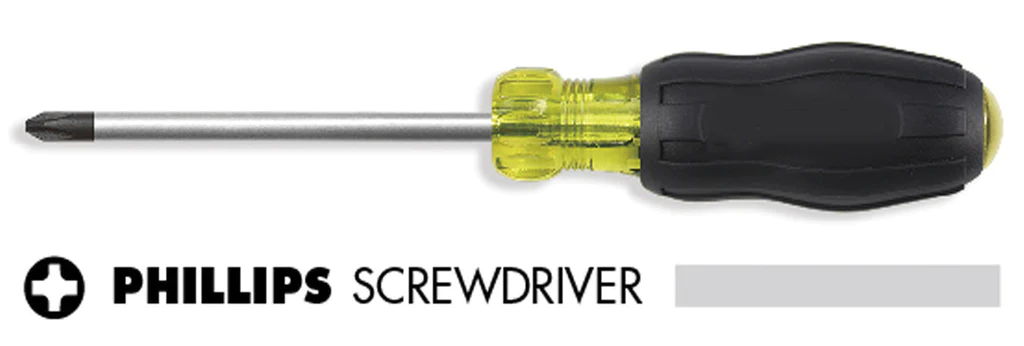
Complementary Power Tools to Consider
The manual Phillips screwdriver has its limits in efficiency and power; therefore, it’s worthwhile to consider impact drivers for tasks that require higher torque or repetitive actions. Another valuable addition to your toolkit could be reciprocating saws, which are excellent for heavy-duty tasks such as demolition or remodeling work, where quick and powerful cuts are necessary.
Complementary power tools to boost your toolkit efficiency:
- Impact drivers for driving screws with speed and precision.
- Reciprocating saws for cutting through tough materials with ease.
Specialty Power Tools to Pair with Your Screwdriver
Depending on the nature of your projects, special power tools can complement your manual screwdriver work. A mini chainsaw is ideal for intricate cutting jobs in tight spaces, while a nail gun can expedite framing and finishing work far more quickly than manual hammering, providing accuracy and saving significant labor.
Specialty tools to consider:
- Mini chainsaws for precise, quick cuts in tight spaces.
- Nail guns for fast and consistent nailing during construction projects.
Where to Go from Here
Once your Phillips screwdriver and additional essential hand tools are in place, it’s time to think about expanding your collection. Building out your power tool arsenal with items like circular saws, jigsaws, and sanders will further equip you for a broader range of projects.
Next steps for tool collection expansion:
- Assess which hand tools you often need but don’t have.
- Research power tools that can save time and effort on common tasks.
- Gradually acquire tools to build a comprehensive and versatile toolkit.
Further Learning and Resources
Beyond the Phillips screwdriver and associated tools, there are other areas where you can expand your mastery and toolkit. Consider how the perfect leaf blower can keep your yard pristine, or how stud finders can be critical in avoiding mishaps during wall-related tasks or improving mounting precision. Further learning about these tools will extend your expertise and enable you to tackle a broader variety of projects with confidence.
Additional resources for home and professional tool users:
- Guides for selecting the best leaf blower for yard maintenance.
- Tutorials on using stud finders for effective wall stud location.
Through this guide, you now have a richer appreciation for the humble Phillips screwdriver and how it can be the cornerstone of any tool collection. Combine it with the right knowledge, safety gear, and complementary tools, and there’s no project you can’t tackle with skill and confidence.
Leverage this information to make informed decisions about the tools that will best support your work and ensure that you use them safely and effectively. With the right mix of hand and power tools, you’ll be equipped for any project that comes your way.

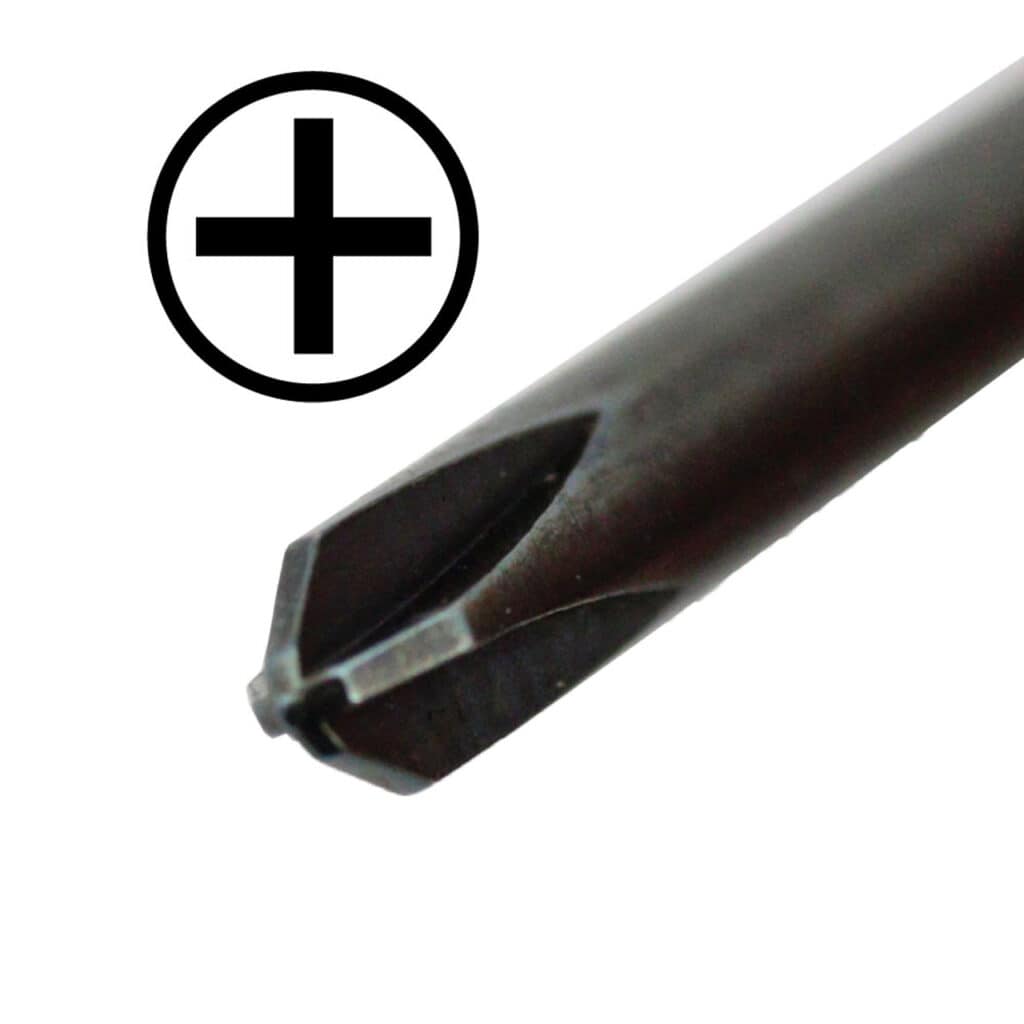





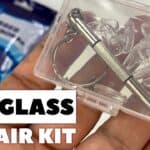
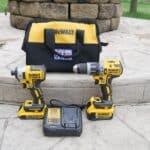
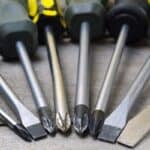
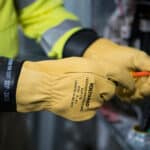
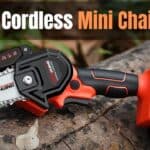

3 thoughts on “Phillips Screwdriver: Your Trusty Hand Tool Ally”